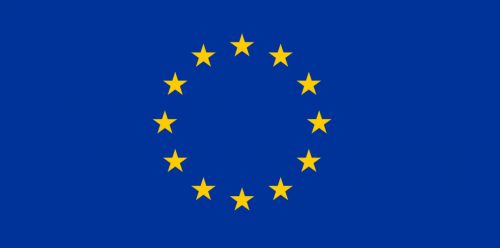 This article is the fourth in a series analyzing the Unified Patent Court (“UPC”) and the provisions of the Agreement on a Unified Patent Court (“UPC Agreement”) of February 19, 2013 (the full text of the agreement is accessible here). This installment in the series focuses on the provisions of the UPC Agreement dealing with the primacy of European Union law and sources of law (Articles 20, 21, and 24 UPC Agreement).
This article is the fourth in a series analyzing the Unified Patent Court (“UPC”) and the provisions of the Agreement on a Unified Patent Court (“UPC Agreement”) of February 19, 2013 (the full text of the agreement is accessible here). This installment in the series focuses on the provisions of the UPC Agreement dealing with the primacy of European Union law and sources of law (Articles 20, 21, and 24 UPC Agreement).
Article 20 of the UPC Agreement deals with the issue of “primacy of and respect for Union law.” It states that the UPC shall apply the law of the European Union and respect its primacy.
As an ancillary provision to that provision, Article 21 provides that the UPC—as a court common to the contracting member states and subject to the same obligations under European law as any national court of the contracting states (see Article 1 of the Agreement)—shall cooperate with the Court of Justice of the European Union to ensure correct application of the law.
As noted above, the UPC will be a court common to the contracting states and subject to the same obligations under EU law as any national court of a contracting state. Therefore, it shall refer questions on the application of EU law to the Court of Justice of the European Union for preliminary rulings. However, the Court of Justice of the European Union will continue to be involved in interpreting existing EU directives and regulations, such as the European Directive of the European Parliament and of the Council of July 6, 1998 on the legal protection of biotechnological inventions (full text accessible here).
Article 24 of the UPC Agreement also clarifies that if a case is brought before the UPC, it will base its decision on: (i) European law (including (a) Regulation (EU) No. 1257/2012 of the European Parliament and of the Council of December 17, 2012 implementing enhanced cooperation in the area of the creation of unitary patent protection—accessible here; and (b) Council Regulation (EU) No. 1260/2012 of December 17, 2012 implementing enhanced cooperation in the area of the creation of unitary patent protection with regard to the applicable translation arrangements—accessible here); (ii) the UPC Agreement (accessible here); (iii) the European Patent Convention of October 5, 1973 (full text accessible here); (iv) other international agreements applicable to patents and binding on all contracting member states; and (v) national law.
Thus, it is crystal-clear that a key goal of the UPC—as well as of the new patent system established by the UPC Agreement—is to provide uniform protection in all contracting member states to the UPC Agreement. To ensure that this new court functions properly, the UPC aims to provide consistency in case-law and legal certainty. Although the UPC Agreement sets out a number of sources of law on which the UPC should base its decisions, the intention of the UPC is to build up its own body of harmonized case-law.
Against this backdrop, with European Union law prevailing and holding primacy, what is the role of local and regional divisions? According to many commentators, local and regional divisions inevitably will have a strong influence on case-law. In fact, local divisions will have the largest number of local judges, and regional divisions will have two out of four judges from the region (although they may be from different countries). Judges for the central division will be drawn from across the contracting states. Therefore, the makeup of the UPC and its approach to specific cases are likely to vary significantly, which will have an impact on interpretation, as well as the procedures followed.


